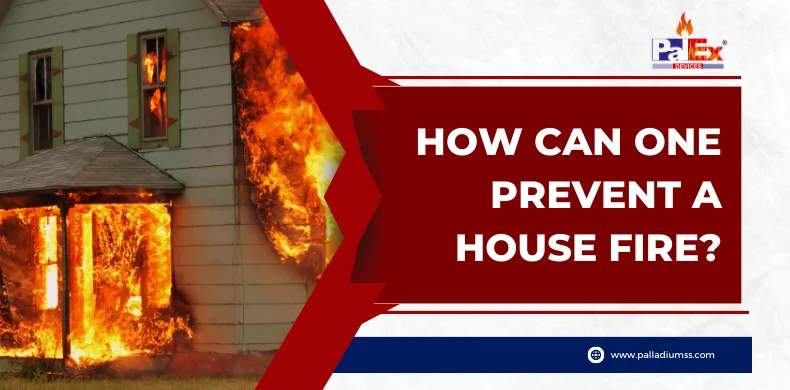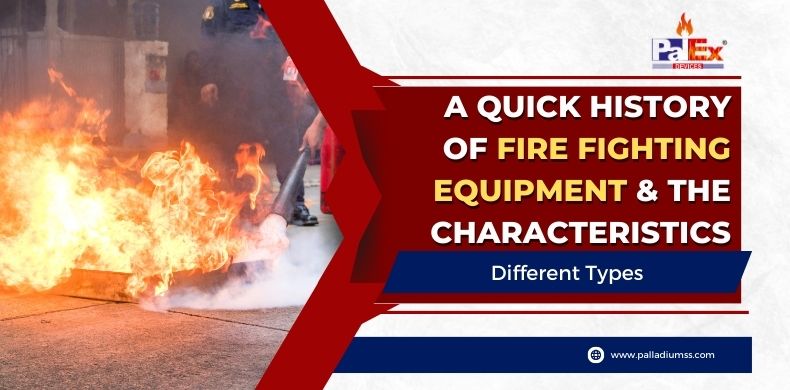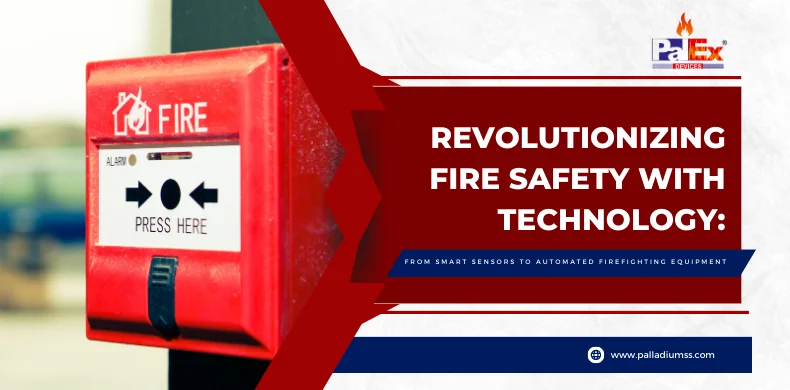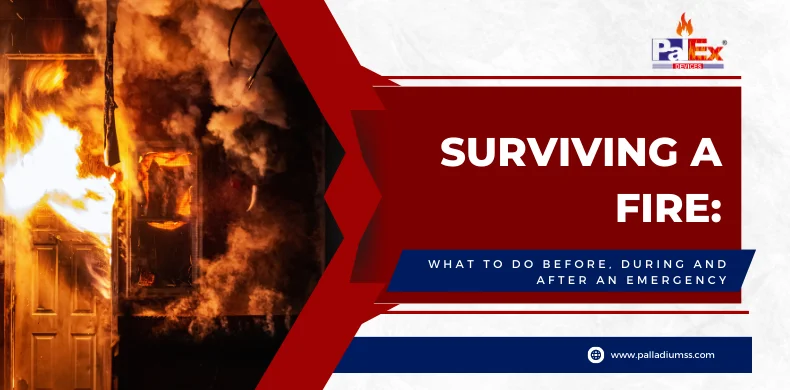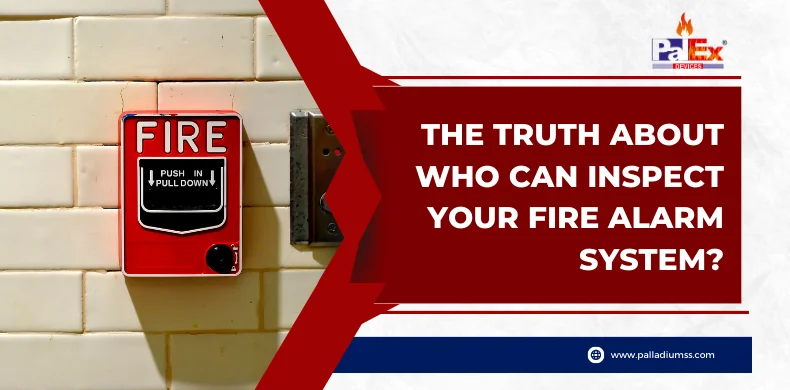Prevent a House Fire by Checking Your Smoke Detector
Fire and smoke detectors are the prime shields against fire. When smoke and heat just enter them, they give an alarm. That helps to warn you when the fire is in the initial stage. They allow you to catch the problem before it becomes an emergency. So be sure to keep smoke and fire detectors in good condition.- Test every month
- Change the batteries as required
- Install from a well-known and good manufacturer
Watch Your Appliances
Appliances like stoves and heaters are widely used in the market. More than half of the fires start from the kitchen. So be precautious in the kitchen.In the Kitchen
From family meals to midnight snacks, the kitchen may be the best room in the house. But when it is time for cooking, be sure your oven and stove are far away from flammable substances like oils, curtains, etc. Don’t leave cooking unattended. Keep children and pets away from the kitchen and install a fire extinguisher from a leading fire extinguisher dealer.In Sleeping Areas
Electric blankets, smoking in bed, space heaters, and overloaded wall sockets are all hazards in the bedroom. If you smoke, take it outside. Install smoke detectors and Palladium zone 6 fire alarm systems in your bedrooms to avoid risks.In the Living Room
The living room is the most used place in the house. We light candles there during special occasions, decorate the Christmas tree, and do many more activities that may lead to fire accidents. Even overloaded wall sockets are the primary cause of the fire. Water sprinklers and fire alarm systems can help you prevent your family from fire. Make sure you must have an open entry to your living space.Garage and Outside
Grills, bonfires, and fireworks are apparent culprits for outside and backyard fires. Even some fertilizers soil is also a significant cause of the fire. So it is pretty essential to be precautious while dealing and soring any flammable substance there.Measure Carbon Monoxide Levels
Burning wood, natural gas, coal, gasoline, and heating oil can release CO into your home. When you cook on your gas stove or burn anything inside your home, you increase the risk of fire and carbon monoxide poisoning in your home. So always install a dual-sensor that can sense CO and fire. Always install an open window near burnt places.Also read :Evaluation Factors to Choose the Top Fire Protection Companies
Practice Safe Habits
Simple precautions and awareness about surroundings lower the chance of a fire in your home. So be precautious while doing the cooking, lightening candles, etc., and have timely maintenance of electrical appliances and fire alarm system. All these things provide a safe and secure future for you and your family. I hope you will live a wonderful and joyful life with your beloved one.A Quick History of Fire Fighting Equipment & the Characteristics of Different Types
Introduction to the History of Fire Fighting
Fire has been a continuous and ever-present threat to human civilisation. As long as homes and other structures were built of wood and combustible materials, there have been fires. While the threat of fire has been present throughout history, the methods and equipment used to fight fires have changed and evolved significantly. Continue reading “A Quick History of Fire Fighting Equipment & the Characteristics of Different Types”
Revolutionizing Fire Safety with Technology: From Smart Sensors to Automated Firefighting Equipment
New technology has changed the way we keep safe from fires. It helps us protect ourselves and buildings in new and better ways. Some sensors can find fires early on, and special cameras help firefighters see where the heat is so they can plan better. Special drones with devices that can see heat and detect gas are used to check how big fires are and find places that are difficult to get to. Better gear protects better from heat and flames. Robots and machines that fight fires help better and faster. As technology gets better, we will find new ways to stop, notice, and fight fires. This will make fire safety much better for everyone.
Smart Fire Sensors
s>Thermal Imaging Cameras
Firefighters use special cameras to find hot spots in burning buildings. These cameras are called thermal imaging cameras. These cameras take pictures using heat energy and turn them into a picture that people can see. This tool helps firefighters to see in smoky and dark conditions. They can find hidden places that are hot and might cause problems.
Drones
Drones help firefighters see fires from the sky and find dangerous spots and gases. This makes their work better. This tool helps firefighters see how far the fire has gone, find hidden fire, and reach hard-to-reach fire to put it out. It helps make firefighting better.
Advanced Protective Gear
New fabric technology has greatly improved protective clothing. Nowadays, firefighters have better clothes to protect them from high heat and flames than before. These new suits can resist even higher temperatures and give them better protection. This made firefighters safer and better at fighting fires.
Automated Firefighting Equipment
Machines that fight fires are getting better and faster at putting out fires, which helps save more lives and property. Drones and robots to stop fires are being made to go where people can’t, so firefighters can stay safe and do a better job. Soon, these tools will change how firefighters work.
New technology for firefighting is making fires safer. Numerous thoughts are still being created. As the world keeps making modern innovations, we’ll discover better approaches to halt, discover, and battle fires. Numerous thoughts are still being created. As the world keeps making modern innovations, we’ll discover better approaches to halt, discover, and battle fires.
Also read :Common Electrical Panel Problems and How to Solve Them
Conclusion
To sum up, the future of keeping safe from fire is here and it’s really interesting. New machines and tools help us prevent fires and keep everyone more protected. firefighters now possess improved equipment such as intelligent sensors and upgraded firefighting gear that enables them to safeguard individuals and possessions more efficiently. As technology advances, novel methods to avert fires and ensure the safety of individuals and structures will emerge. Fire safety will improve in the future, offering us enhanced protection against fires.
How to Save Your Home from Fire Accidents
Your home is undoubtedly where your heart is, and you are sure to go to any cost to protect it and its residents, your loved ones, from any danger. Mishaps like fire breakouts can occur anytime and leave you with no time to react than you may imagine. Whether it is from a gas leakage or a careless activity of lit-up cigars, a fire at home can destroy everything in a matter of seconds.
Here are some points that must be followed to prevent your Home from fire and flames :
Install a Smoke Detector System in your Home
Smoke detectors come in extremely handy in case of a fire. Ideally, smoke detectors should be set up in every room of your house and test whether they are functioning correctly every month. The smoke detector uses the battery to give a beep. Sometimes, the smoke detector system doesn’t give a beep as it runs out of battery, so it is advisable to check them once a month and change the batteries at least once in six months.Install Fire Extinguisher in your Home
Some houses are equipped with fire sprinkler systems, but installing fire extinguishers at home is the next best thing to prevent fire tragedy. It is essential to keep fire safety equipment like a fire extinguisher in the kitchen and others near the areas like a fireplace for fire safety. Remember to put the fire extinguishers far away from the potential fire source so you can grab them safely without getting too close to the fireplace. Regularly review the fire extinguisher and ensure all house members know how to use the extinguisher properly.Prevent overheating of Running Electrical Appliances
Electrical appliances like electrical rods, inverters, geysers, television, hair dryers, etc., can be overheated. If not turned off after use. Hence, keep in mind to turn them off after using these devices. If these appliances are heating up quickly for no apparent reason, immediately replace them.Store Flammable Materials in the Proper Place
Keep flammable materials like kerosene oil, matchboxes, perfumes, pesticides, etc., in a safe and appropriate place in your house, possibly in cool areas where there is no direct sunlight. You should ensure that these storages are out of reach from small children and pets at your home.Check Cable connections Regularly
The most destructive fires are caused due to short-circuits in the system or faulty wires. Excessive cluttering of wires or obsolete materials increases the chances of fire. Therefore, it’s better to check your house wiring at regular intervals, and if there is any torn wire, immediately replace it with the new one that should be fire retardant. You can inspect cable connections by yourself or call an electrical engineer to check the wiring of your house.Always Set up an Exit plan in your Building
An Exit plan must be made for proper exit from your house in case of fire. If you need to learn how to make an exit plan, You can take help from a fire safety officer. Once the exit plan is created, try it once and ensure that every member of the family must be familiar with that plan. Also, decide a familiar spot outside the building where all of you can gather after escaping the violent flames.Practice Fire Habits
Fire can be caused by any reason, but one should be aware of how to handle it. Develop Fire Habits to prevent fire, and you should respond immediately if there is a fire breakout.Deploy a Hypoxic Air-Fire Prevention System
Hypoxic air-fire prevention is one of the advanced fire-fighting techniques. It reduces the volume of air in that particular area. Hence an insufficient amount of oxygen causes less fire spread and suppresses it. This way, the damage taken will be much less than the other fire-fighting technique.Also read :Common Electrical Panel Problems and How to Solve Them
Conclusion
We all know the destructive power of flames and always be cautious while doing such actions involving the risk of a fire breakout. Above mentioned points are some significant contributors to a fire breakout. Keep this in mind while handling these things, and being cautious as a family member should be safe from any fire mishap.Surviving A Fire: What To Do Before, During and After An Emergency
Before a Fire Starts
- Make a fire security Arrangement: Make, beyond any doubt, you have an arrangement in place for what to do during a fire. This should incorporate elude courses; assembly focuses, and crisis contact data. Make any doubt everybody in your family knows the arrange.
- Smoke Finders: Smoke dectetors are essential in recognizing a fire early on. Introduce them on each level of your domestic and the interior of each room.
- Check Smoke Finders Routinely: Smoke locators got to be tried frequently to guarantee they are working legitimately. Alter the batteries twice a year or as required.
- Keep Fire Extinguishers On Hand: Have at slightest one fire extinguisher on each level of your domestic and in ranges where fires are more likely to happen, such as the kitchen.
- Keep Combustible Materials Absent From Warm Sources: Keep flammable materials, such as window ornaments and papers, absent from friendly sources, such as stoves and radiators.
- Practice Fire Drills: Practice your fire safety plan regularly so everyone in your household knows what to do during a fire.
- Do Fire Drills Often: Ensure everyone in your house knows what to do if there is a fire by practising your fire safety plan regularly.
During a Fire
- Empty Instantly: If you listen to a smoke locator or see blazes or smoke, empty you’re domestic quickly. Don’t halt to assemble assets or attempt to put out the fire yourself.
- Stay Low to the Ground: If there is smoke, stay low to the land where the air is more apparent.
- Follow the Paths to Escape: Use the routes in your plan to stay safe during a fire, and don’t go in elevators.
- Cover Your Mouth: Cover your mouth with a cloth or shirt to channel smoke, rubble, and jetsam.
After a Fire
- Hold Up For Clearance Sometime Recently Re-Entering: Hold up until the fire office says it’s secure sometime recently re-entering your domestic.
- Survey Harm: Survey the harm to your domestic assets. Contact your protection company to start the preparation of the claim.
- Be Careful While Cleaning Up: Wear gloves and a mask to protect yourself when picking up things because it might be dangerous.
- Ask Someone for Assistance: If you need help, ask the Red Cross or local organizations that help during disasters.
Also read :Evaluation Factors to Choose the Top Fire Protection Companies
Conclusion
Being prepared for a fire is crucial, as it can happen anytime. By following the essential tips on creating a fire safety plan, installing smoke detectors, keeping combustible materials away from heat sources, practising fire drills, evacuating immediately during a fire, waiting for clearance before re-entering after a fire, assessing damage, and being cautious while cleaning up, you can keep yourself and your loved ones safe during a fire emergency. Remember to ask for help and always prioritize safety in such situations.The Truth About Who Can Inspect Your Fire Alarm System?
Well-trained and licensed technicians should always perform inspections and testing. NICET technicians are the ones we can rely on as the latest technology highly trains them. External factors like dust and dirt hinder the proper functioning of smoke detectors. You will have to compromise your fire equipment due to poor maintenance. However, ensuring adequate and timely care will save you from unplanned emergency repairs and false alarms.
What Does Annual Alarm Fire Inspection Include?
- The central station should receive fire signals.
- All batteries must be tested.
- All building devices should be tested.
- Reset the pull station by pulling down the release to trigger the alarm.
- Activate the unit by blowing smoke into the smoke detector and then follow it by blowing air to clean debris.
- Place a magnetic device near the sensors to trigger the alarm.
- Test the strobes and horns for their flashes and sounds.
- Record retard time.
- Exercise control valves.
Many people overlook the visual inspections of a fire detection system and focus only on its functioning and testing, failing to realize that visually testing is equally important. This is necessary to verify that everything remains unchanged for better performance. Environmental conditions should also be appropriately monitored, like increasing cooling systems to support the load of great heat. Visual inspection should also include physical damage, cleanliness, and device orientation.
The device installed should be tested periodically to maintain the system’s validity. Each system component should be adequately investigated by analyzing its working space, so there’s no trouble during an emergency. All the emergency control functions should be included in a testing program. Maintenance is essential to keep the fire system properly working. If found, any defect or deficiency should be reported to the fire personnel immediately during a routine inspection. Repairs should be as feasible as possible. If there is any delay in mending repairs, then a temporary alternative should be implemented.
Another preventive measure involves regular testing of smoke detectors. It should be based on the environment they are located. NFPA codes should be followed properly and timely.
Now, let’s talk about the batteries. The batteries of the fire alarm system must be visually inspected at regular intervals to ensure that they are damage free. Dry cell or lead-acid batteries should be inspected monthly. Lead-acid batteries should be inspected semiannually. Along with this, electrolyte fluid levels should also be checked regularly. Thirty-minute discharge tests should be conducted on lead-acid-type batteries.
Battery-operated smoke detectors should pass the certification requirements. The smoke alarms must be tested and maintained as per the manufacturer’s instructions. They should be tested and cleaned monthly. Batteries should also be replaced annually or semiannually. The sensitivity of the smoke alarms must also be tested.
Also read :Do Not Keep Your Fire Escape Plans a Secret

